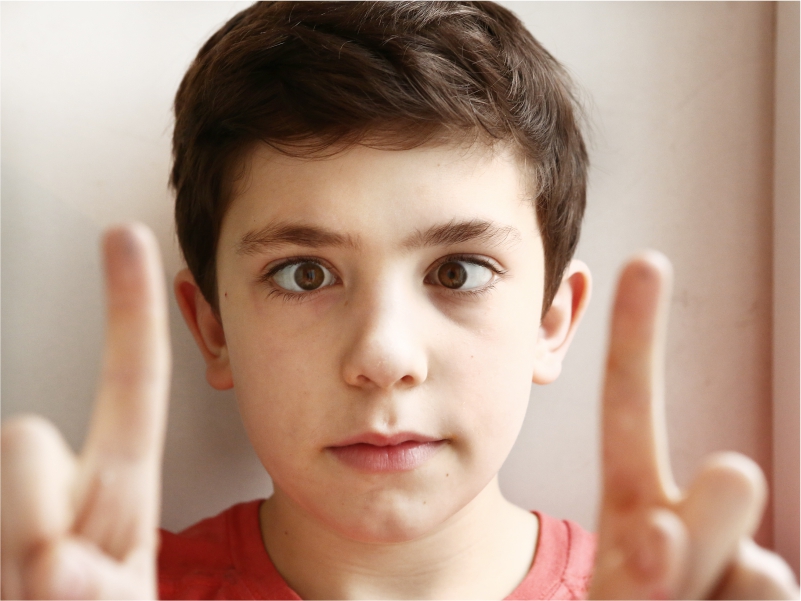
The beauty of a face is most evident in one’s eyes. So, it is essential that not only the eye health but also its outward appearance has to be straight sans any deviation. We see every eye that sees is not the same. Thus, squint eye is a condition where the direction of the gaze for one of the eyes has a permanent deviation.
What is a Squint eye?
A squint (or Strabismus) relates to a condition where the eyes do not align correctly. One eye turns upwards, downwards, inwards, or outwards, while the other one focuses at one spot. This squint eye condition can happen all the time or erratically. It usually occurs since the extraocular muscles, i.e., the muscles that manage the movement of the eye and the eyelid are not functioning together. Hence, it results in both the eyes that are unable to look at the same spot at the same time.
Squint eye can even result in if there’s a disorder in the brain. It also means that the eyes cannot correctly synchronize. Strabismus makes binocular vision impossible too. So, this makes it hard for the person to appreciate depth perception.
Signs and symptoms in children
From an early age, the sign of a squint can be easily noticeable. It is so because one of the eyes does not look straight ahead. A slight squint may be less visible.
It is also seen in infants and newborns that may go cross-eyed, especially if they are tired. However, this does not hint at them to have a squint. Also, check for a sign of double vision and a possible squint. Symptoms are when a child has an eye closed or turns their head when they look at you. In this case, it is a good idea to see a doctor. As a rule, Strabismus is either there at birth, or it develops in the first six months post-birth.
Lazy eye
Lazy eye is said to be an advance state of a squint eye. If squint eye is left untreated, it can result in amblyopia, or “lazy eye”. Here the brain starts to ignore input from one of the eyes. It overlooks one of the eyes to evade double vision.
If the affected eye has a poor vision, a child may benefit just by wearing a patch over the other eye to support the vision to build up.
Causes
Strabismus can be:
- congenital, meaning a person is born with it
- hereditary, suggesting a genetic link
- due to an illness or long-sightedness
- owing to a lesion on a cranial nerve
Other problems that can causeStrabismus to consist of:
- myopia, or short-sightedness
- hypermetropia, or long-sightedness
- astigmatism, where the cornea is not curved right
A refractive error can make the affected eye turn inward.It happens to get a better focus.Strabismus resulting from refractive errors tends to appearafterwards, typicallyabout the age of 2 years or older.
Some viral infections like measles can cause Strabismus. Other conditions that can trigger it include Noonan syndrome and other genetic conditions.
Treatment options
On-time treatment decreases the risk of complications like amblyopia, or lazy eye. The procedure is going to be as effective as to how younger the patient is.
Treatment options include:
- Glasses can normally correct the squint if hypermetropia or long-sightedness is causing it.
- Eye patch that is worn over the good eye can get the other (squint) eye to work better.
- Botulinum toxin injection or botox is injected into a muscle on the eye’s surface. Botox weakens the injected muscle for a short duration. Thus, it helps the eyes to align as it should be.
- Eye drops and eye exercises too can help.
Surgery is an option to go only when other treatments fail to be effective. It can restore binocular vision by realigning the eyes. The surgeon shifts the muscle that bends the eye to a new position. Sometimes the surgeon needs to operate both eyes to achieve the right balance.